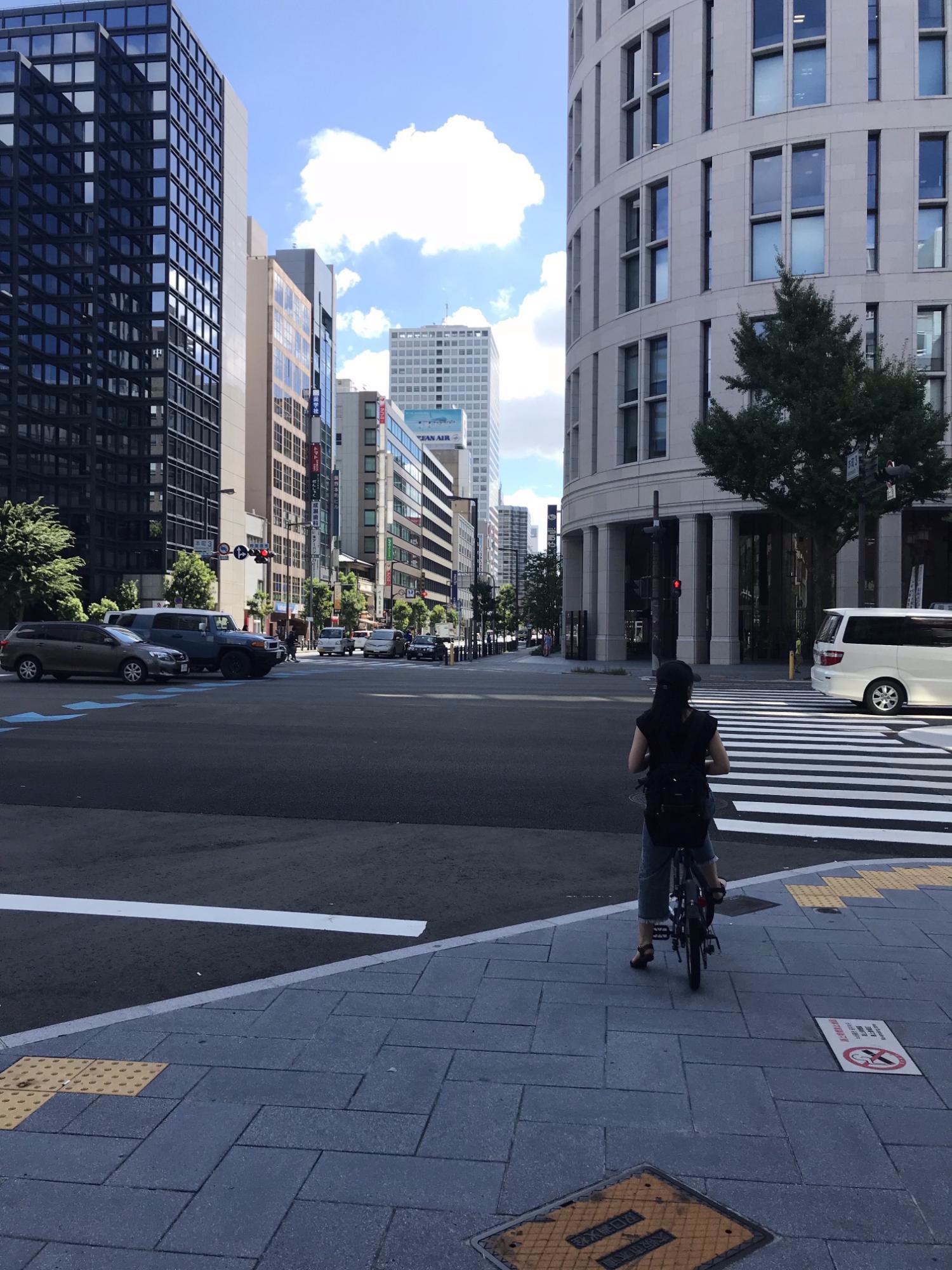| 일 | 월 | 화 | 수 | 목 | 금 | 토 |
|---|---|---|---|---|---|---|
| 1 | 2 | 3 | 4 | 5 | ||
| 6 | 7 | 8 | 9 | 10 | 11 | 12 |
| 13 | 14 | 15 | 16 | 17 | 18 | 19 |
| 20 | 21 | 22 | 23 | 24 | 25 | 26 |
| 27 | 28 | 29 | 30 |
- 큰 수의 법칙
- 작도
- 하합
- java
- 알지오매스
- 제곱근의뜻
- 큰수의법칙
- 재귀함수
- 파이썬
- 수학탐구
- 프로젝트 오일러
- 피타고라스 정리
- 시뮬레이션
- python
- 구분구적법
- 정오각형
- 블록코딩
- 프랙탈
- 지오지브라
- 삼각함수의그래프
- 이항분포
- 리만합
- 오일러
- 확률실험
- 상합
- algeomath
- 몬테카를로
- project euler
- Geogebra
- counting sunday
- Today
- Total
목록Project Euler (51)
이경수 선생님의 수학실험실
Problem 35(Circular primes) The number, 197, is called a circular prime because all rotations of the digits: 197, 971, and 719, are themselves prime. There are thirteen such primes below 100: 2, 3, 5, 7, 11, 13, 17, 31, 37, 71, 73, 79, and 97. How many circular primes are there below one million? In Python: import time import math startTime = time.time() def circular(n): nStr = str(n) return int..
Problem 34(Digit factorials) 145 is a curious number, as 1! + 4! + 5! = 1 + 24 + 120 = 145. Find the sum of all numbers which are equal to the sum of the factorial of their digits. Note: as 1! = 1 and 2! = 2 are not sums they are not included. In Python: import time import math startTime = time.time() result = 0 for n in range(3, 10 ** 7): nList = list(str(n)) sumFact = 0 for num in nList: sumFa..
Problem 33(Digit cancelling fractions) The fraction 49/98 is a curious fraction, as an inexperienced mathematician in attempting to simplify it may incorrectly believe that 49/98 = 4/8, which is correct, is obtained by cancelling the 9s. We shall consider fractions like, 30/50 = 3/5, to be trivial examples. There are exactly four non-trivial examples of this type of fraction, less than one in va..
Problem 32(Pandigital products) We shall say that an n-digit number is pandigital if it makes use of all the digits 1 to n exactly once; for example, the 5-digit number, 15234, is 1 through 5 pandigital. The product 7254 is unusual, as the identity, 39 × 186 = 7254, containing multiplicand, multiplier, and product is 1 through 9 pandigital. Find the sum of all products whose multiplicand/multipl..
Problem 31(Coin sums) In England the currency is made up of pound, £, and pence, p, and there are eight coins in general circulation: 1p, 2p, 5p, 10p, 20p, 50p, £1 (100p) and £2 (200p). It is possible to make £2 in the following way: 1×£1 + 1×50p + 2×20p + 1×5p + 1×2p + 3×1p How many different ways can £2 be made using any number of coins? In Python: #PE31 Coin sums import time startTime = time...
Problem 30(Digit fifth powers) Surprisingly there are only three numbers that can be written as the sum of fourth powers of their digits: \(1634 = 1^{4} + 6^{4} + 3^{4} + 4^{4} \) \(8208 = 8^{4} + 2^{4} + 0^{4} + 8^{4} \) \(9474 = 9^{4} + 4^{4} + 7^{4} + 4^{4} \) As \(1 = 1^{4}\) is not a sum it is not included. The sum of these numbers is \(1634 + 8208 + 9474 = 19316\). Find the sum of all the ..
Problem 29(Distinct powers) Consider all integer combinations of \( a^{b} \) for \(2 \leq a \leq 5\) and \(2 \leq b \leq 5\): \(2^{2}=4, 2^{3}=8, 2^{4}=16, 2^{5}=32\) \(3^{2}=9, 3^{3}=27, 3^{4}=81, 3^{5}=243\) \(4^{2}=16, 4^{3}=64, 4^{4}=256, 4^{5}=1024\) \(5^{2}=25, 5^{3}=125, 5^{4}=625, 5^{5}=3125\) If they are then placed in numerical order, with any repeats removed, we get the following sequ..
Problem 28(Number spiral diagonals) Starting with the number 1 and moving to the right in a clockwise direction a 5 by 5 spiral is formed as follows: 21 22 23 24 25 20 7 8 9 10 19 6 1 2 11 18 5 4 3 12 17 16 15 14 13 It can be verified that the sum of the numbers on the diagonals is 101. What is the sum of the numbers on the diagonals in a 1001 by 1001 spiral formed in the same way? In Python: im..
